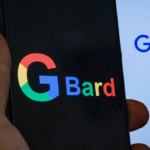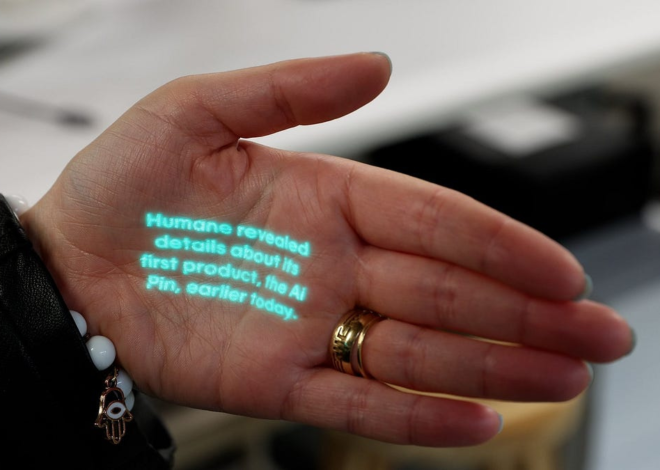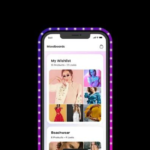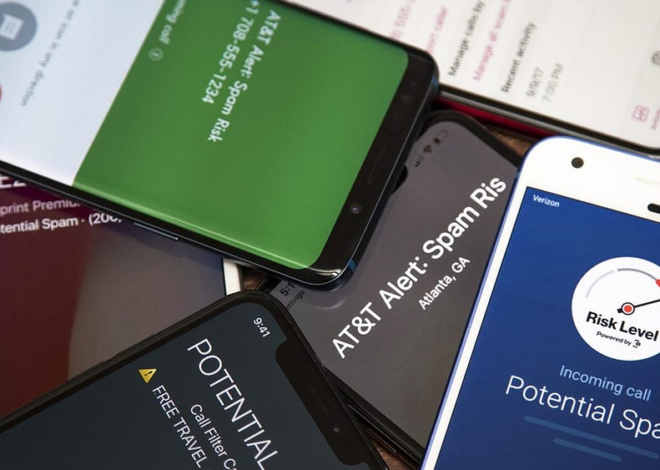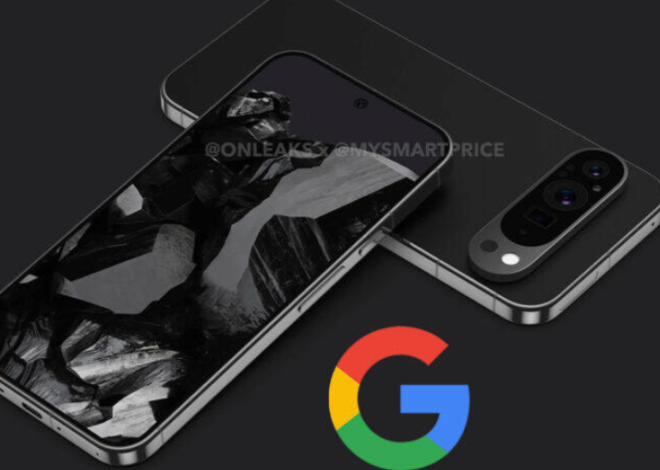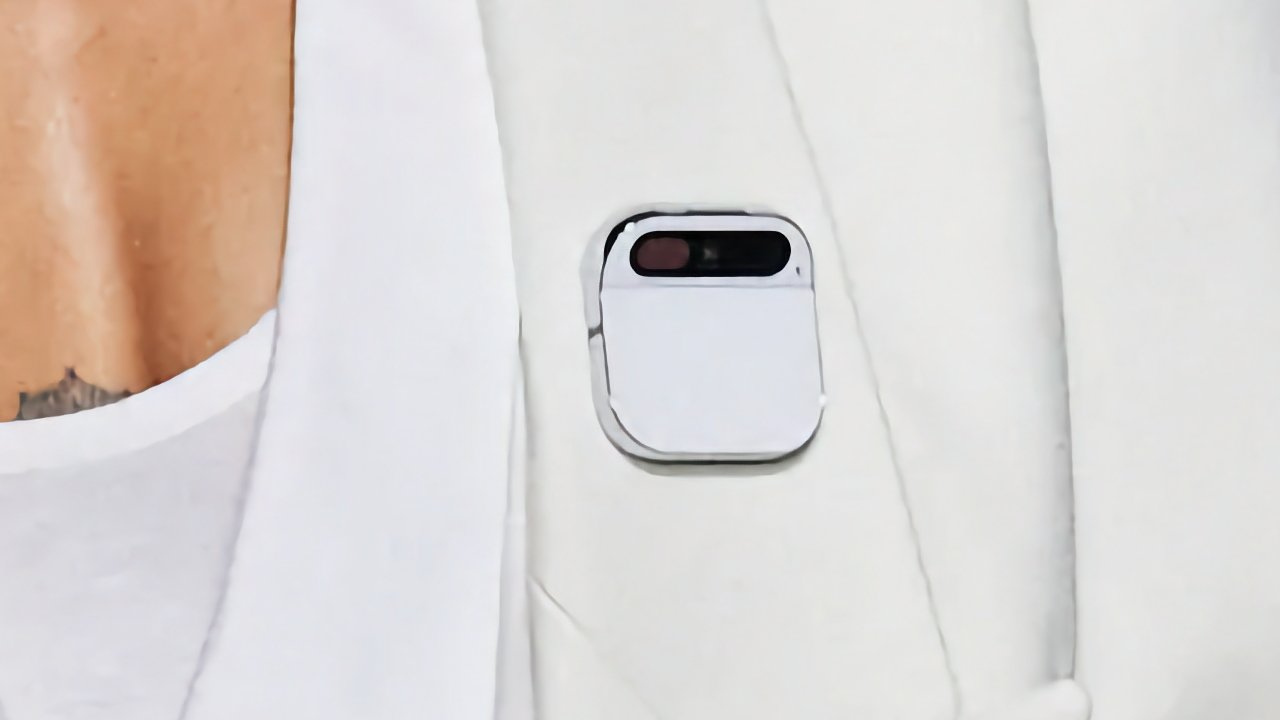
A wearable device like Humane AI Pin seems to forget what makes a good one
Before introducing any changes, it’s important to carefully think about what people are used to doing. People might not be interested in using your wearable device if you don’t.
Over the past week, I’ve been constantly thinking about Humane’s AI Pin. As someone who has tried and reviewed all kinds of wearable devices, this pin is both confusing and puzzling. The idea behind it is to reduce phone usage, a goal many people claim their smartwatches already achieve. Priced at $699 with a $24 monthly subscription, it promises to let you make calls (similar to smartwatches), engage with voice assistants (also a feature of smartwatches), use a camera (like smart glasses), and project a screen (similar to smart glasses as well).
None of these ideas are groundbreaking, so it surprises me that this product has gained so much attention. While the design is eye-catching, it goes against the fundamental principle of successful wearable design: people should want to wear the device, ideally as often as they can, especially in public where others can see, form opinions, and engage with it.
Humane seems to believe that making their AI Pin fashionable will make it more appealing. The pin debuted at Paris Fashion Week, worn by supermodel Naomi Campbell. However, Apple’s experience with the first Apple Watches, which focused on fashion, didn’t go well. While style is important, the key factor for wearables is versatility, being suitable for everyday wear. The AI Pin, in essence, is a high-tech brooch. It’s noticeable that in Humane’s marketing images, the device is mostly pinned to blazers or hoodies. But what happens when you’re indoors and take off your outerwear? Where exactly can you pin this in spring and summer?
Given its weight, similar to a tennis ball, it’s likely to pull down T-shirts, not to mention flimsy blouses, dresses, or button-downs. I’ve used lighter magnetic clips for microphones when filming videos, and if your shirt lacks structural integrity, it can be challenging. If you plan to use this pin daily, you’ll need to be very deliberate about your clothing choices. In the announcement video, Humane’s co-founder, Imran Chaudhri, seems to struggle as the pin drags down his sweater collar when putting it on.
The challenge with the AI Pin is less of an issue with most other wearables like smartwatches, wearables, smart rings, and AR/VR headsets, which stay securely on the body once worn. With these devices, there’s no need to transfer them between outfits, reducing the hassle and the risk of losing them.
Another significant concern with wearables is water resistance. A few years ago, I reviewed L’Oreal’s My Skin Track, a wearable sensor for measuring UV exposure that you pin to your clothes. I wore it on jackets and shirts, but accidentally destroyed it when I threw it in the wash. While the AI Pin is larger and likely more resilient, successful wearables like earbuds, smart rings, and smartwatches typically have water resistance ratings, such as IPX4 to 5ATM. This is because people encounter water in various situations, such as unexpected rain, sweat, washing dishes, or even getting splashed by passing cars. Surprisingly, Humane’s product FAQ, states that “For optimal performance, your Ai Pin and power accessories should not be exposed to water,” raising concerns about its durability in real-life scenarios.
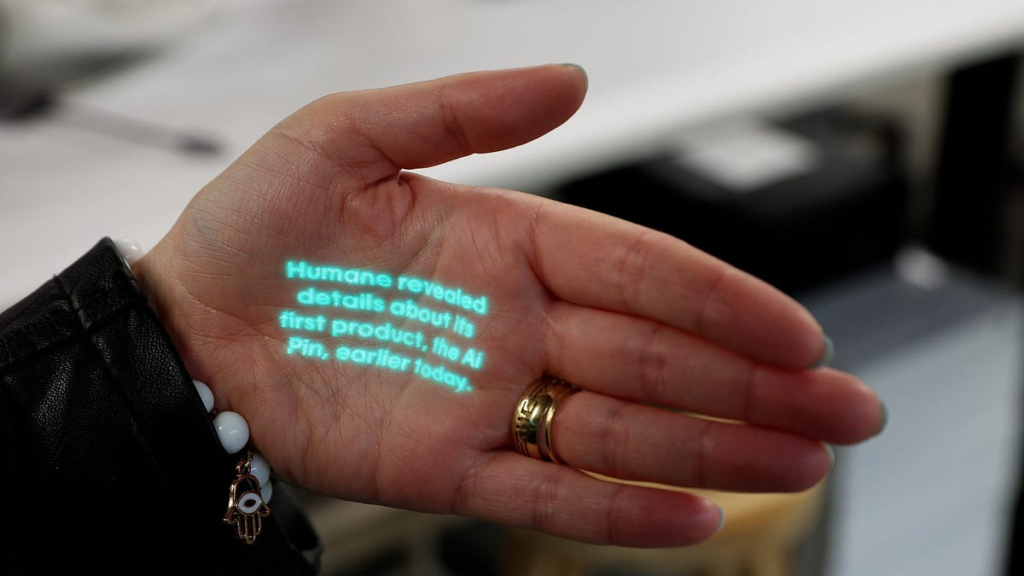
These various challenges make it quite likely that many people will end up stashing the AI Pin in a drawer, collecting dust. However, beyond the practical inconveniences, there’s another significant hurdle for emerging tech like this: cultural acceptance.
While some have drawn comparisons between the AI Pin and Star Trek’s communicator badges, there’s a substantial gap between the fictional universe of Star Trek and the real-world applications of what Humane is creating. In Star Trek, there are established norms for how these devices are used, making them seamlessly integrated into the narrative. For instance, when an officer needs to communicate, they lightly tap the badge and speak into it, and everyone around understands. Real-world wearable makers, including Humane, don’t have the luxury of an established cultural framework.
Also Read | Humane launches AI Pin, a wearable powered by OpenAI
Here’s a simple question: in a public setting, would you prefer to speak to a voice assistant by yelling at your chest or simply pull out your phone to find the information yourself? Most people would likely choose the latter, as it’s a more familiar and less socially awkward interaction. I recently found myself in a similar situation, and I know which option I went for.
Your experience with the Ray-Ban Meta Smart Glasses echoes a common sentiment about the potential social awkwardness of interacting with voice assistants in public. Even with advanced technology like a nose mic and omnidirectional speakers, ambient noise and social norms can still pose challenges. Speaking loudly in public, especially to an inconspicuous device like a pin, might be a step too far for many.
The uncertainty around body cameras and privacy concerns adds another layer of complexity. Society is still figuring out how comfortable we are with the idea of wearable cameras in various contexts.
Your thoughtful consideration of these scenarios and questions ultimately leads to a fundamental point: the success of wearables is no longer just about replacing your phone. The best wearables either complement your phone or offer unique functionalities, such as real-time health data collection. Given this, the question arises: why is Humane attempting to bridge a gap that may not truly exist?
Also Read | In the demo, Humane Ai gave two incorrect answers. Is this a bad sign?
While you express doubts about the AI Pin, you remain open to having your wearable world disrupted. The ball is in Humane’s court to address these concerns and demonstrate the practical value and cultural fit of their innovative device.




